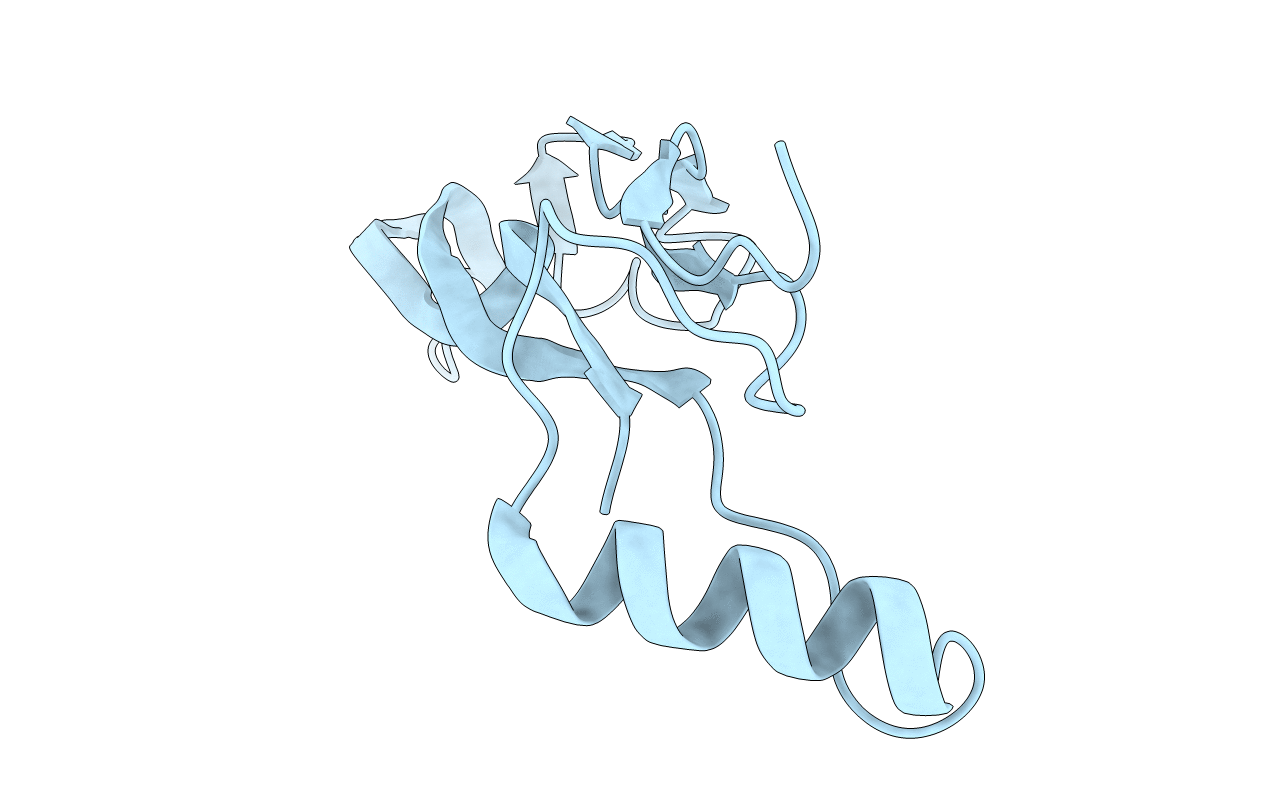
Deposition Date
2013-09-13
Release Date
2014-09-17
Last Version Date
2024-10-16
Method Details:
Experimental Method:
Resolution:
1.90 Å
R-Value Free:
0.22
R-Value Work:
0.19
R-Value Observed:
0.20
Space Group:
I 41 2 2


